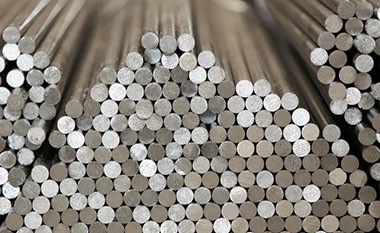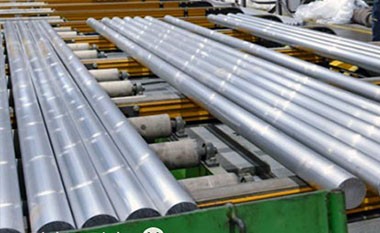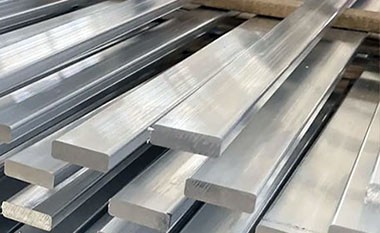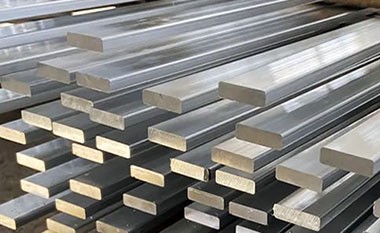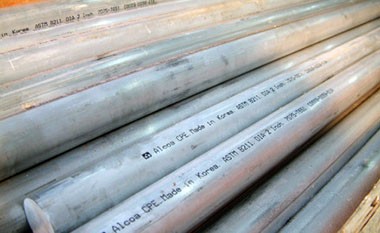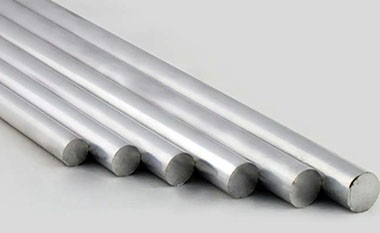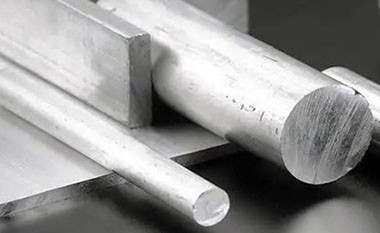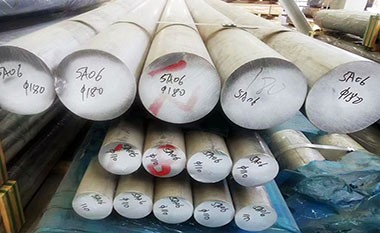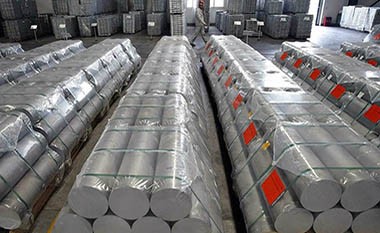Aluminum Profiles: Basic Characteristics and Main Application Areas
Aluminum profiles, with their lightweight, corrosion resistance, good workability, and recyclability, have been widely used in fields such as construction, transportation, electronics, and machinery.
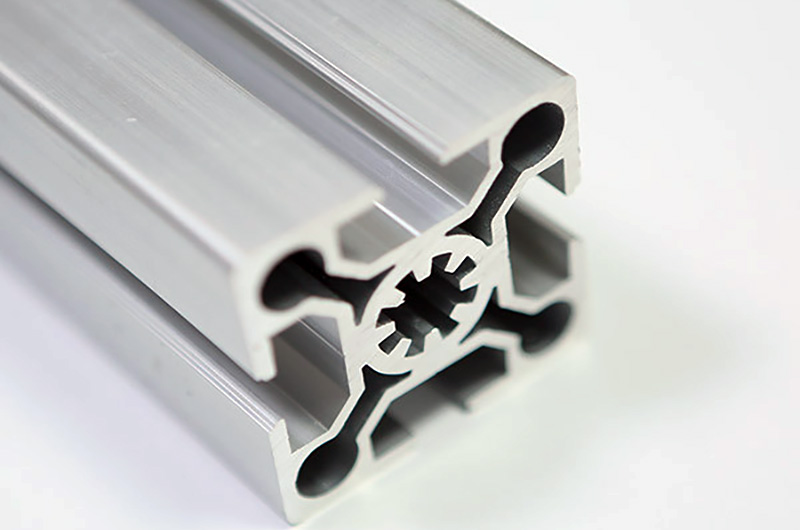
| Basic Characteristics of Aluminum Profiles | Features of Aluminum Profiles | Main Application Areas of Aluminum Profiles |
| Lightweight | Aluminum has a density of 2.7g/cm³, about one-third that of copper or iron, making it an excellent material for lightweight applications. | Used in the manufacture of airplanes, spacecraft, rail vehicles, automobiles, ships, bridges, high-rise buildings, heavy machinery parts, and lightweight containers. |
| Good Strength | Although the mechanical properties of aluminum profiles are not as good as steel, they can achieve high strength by adding alloy elements like copper, magnesium, manganese, zinc, and silicon, and undergoing heat treatment. The specific strength of aluminum profiles is better than that of ordinary steel and can even compare with special steel. | Used in the construction of bridges, aircraft, pressure vessels, containers, building structural materials, and small hardware. |
| Easy to Process | Aluminum profiles have excellent ductility and are easy to extrude into complex hollow shapes, making them suitable for stretching and other types of cold and hot plastic forming processes. | Used in load-bearing structural component frames, general-purpose goods, various containers, optical instruments, and other complex precision parts and various construction profiles. |
| Aesthetic Appearance and Surface Treatment Options | Aluminum and aluminum profiles have a natural oxide film on the surface, giving them a silver-white appearance. After anodizing, the oxide film becomes more durable, and coloring or coating can be applied to create various colors and glosses. | Used for wall panels, decorative items, signage, windows, curtain walls, automotive and aircraft skins, instrument housings, and indoor and outdoor decorative materials. |
| Corrosion and Weather Resistance | Aluminum profiles form a hard and dense oxide film on the surface, making them resistant to many corrosive substances. By selecting different alloys, aluminum profiles can achieve excellent durability in industrial and coastal environments. | Used in door panels, vehicle and ship exteriors, kitchen utensils, chemical equipment, roofing tiles, washing machines, seawater desalination, chemical and petroleum industries, packaging materials, and chemical packaging. |
| Chemical Resistance | Aluminum profiles are resistant to chemicals like nitric acid, acetic acid, and hydrogen peroxide, providing excellent chemical resistance. | Used in chemical equipment, packaging, and the packaging of acids and chemical products. |
| Good Thermal and Electrical Conductivity | The thermal and electrical conductivity of aluminum is second only to copper and is 3 to 4 times that of steel. | Used in wires, bus bars, pots, rice cookers, heat exchangers, automobile radiators, and electronic components. |
| High Reflectivity to Light, Heat, and Electromagnetic Waves | The reflectivity of polished aluminum to light is 70%, and high-purity aluminum after electro-polishing can reach 94%, even higher than silver (92%). Aluminum also has excellent reflective properties for thermal radiation and electromagnetic waves. | Used in lighting fixtures, mirrors, roofing tiles, parabolic antennas, cold storage, projectors, and insulation materials for heating and cooling equipment. |
| Non-Magnetic | Aluminum is a non-magnetic material. | Used in ship compasses, antennas, and navigation room equipment. |
| Non-Toxic | Aluminum is non-toxic, and the amount released when in contact with most foods is minimal. Additionally, due to its smooth surface, it is easy to clean, preventing bacteria from staying and reproducing. | Used in cookware, food packaging, fish cans, fish tanks, medical equipment, food containers, and food machinery. |
| Sound Absorption | Aluminum profiles do not transmit sound and can absorb sound waves. | Used in indoor ceiling panels. |
| Low-Temperature Resistance | Aluminum profiles increase in strength at low temperatures without becoming brittle, making them ideal for low-temperature equipment. | Used in cold storage, freezers, Antarctic snow vehicles, and oxygen and hydrogen production equipment. |
Maybe also you like:

